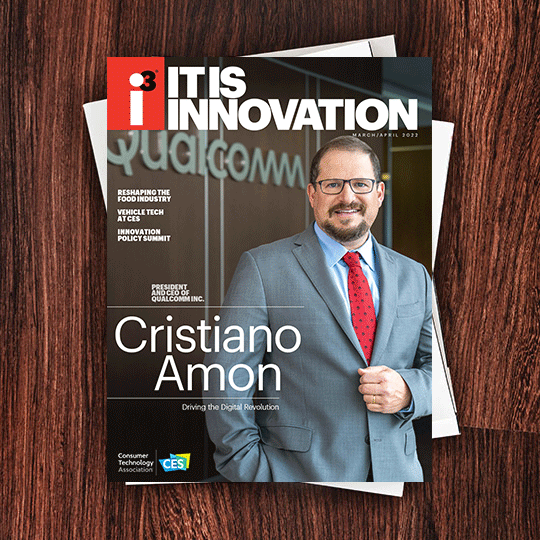There are ways to reduce the impact of current events while future-proofing the supply chain to create competitive advantage.
3. Shift to Centralized Returns Management
Late-stage customization has become essential within consumer technology but can increase supply chain complexity and introduce delays. Manufacturers are better able to manage this complexity by integrating technical customization capabilities into downstream warehouse operations. Rather than performing customization overseas weeks or months before a product is ready to ship to consumers, late-stage customization in the warehouse enables more efficient use of available inventory, increases flexibility in responding to changing market requirements and accelerates speed to market.
A similar strategy can be employed to streamline returns handling. We recommend shifting to centralized returns management supported by value-added services for testing, repair and refurbishment in the warehouse. This approach gets returns that can be resold into inventory faster and increases the value of returns sold through alternate channels.
While no single action can completely immunize an organization from the various constraints being imposed on the supply chain today, there are ways to reduce the impact of current events while future-proofing the supply chain to create competitive advantage during the next “perfect storm.” A dedicated logistics partner serving as an LLP or providing inbound-to-manufacturing services can deliver the visibility, efficiency and flexibility required to prepare for and mitigate the constraints being imposed on the consumer technology supply chain today

I3, the flagship magazine from the Consumer Technology Association (CTA)®, focuses on innovation in technology, policy and business as well as the entrepreneurs, industry leaders and startups that grow the consumer technology industry. Subscriptions to i3 are available free to qualified participants in the consumer electronics industry.